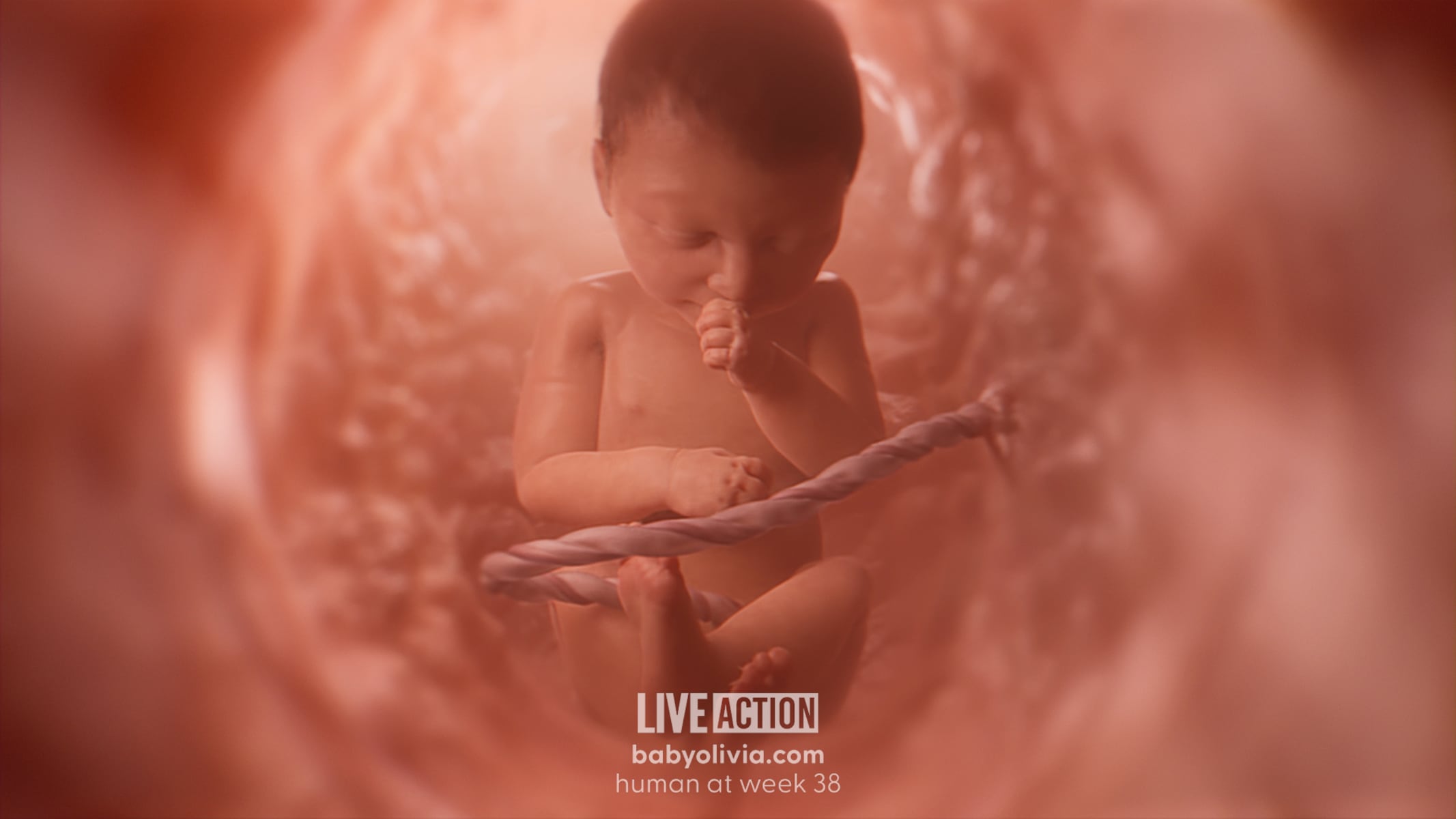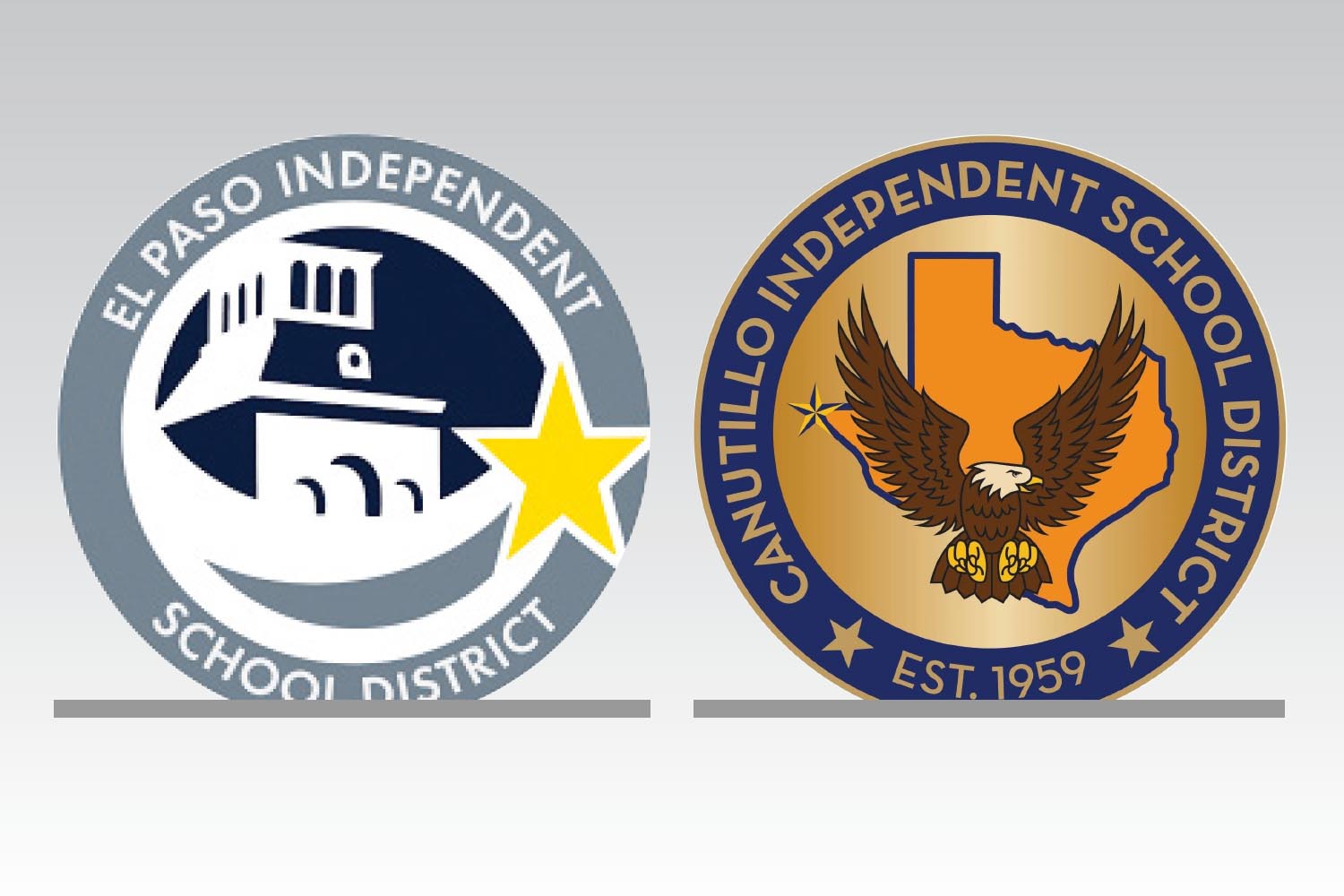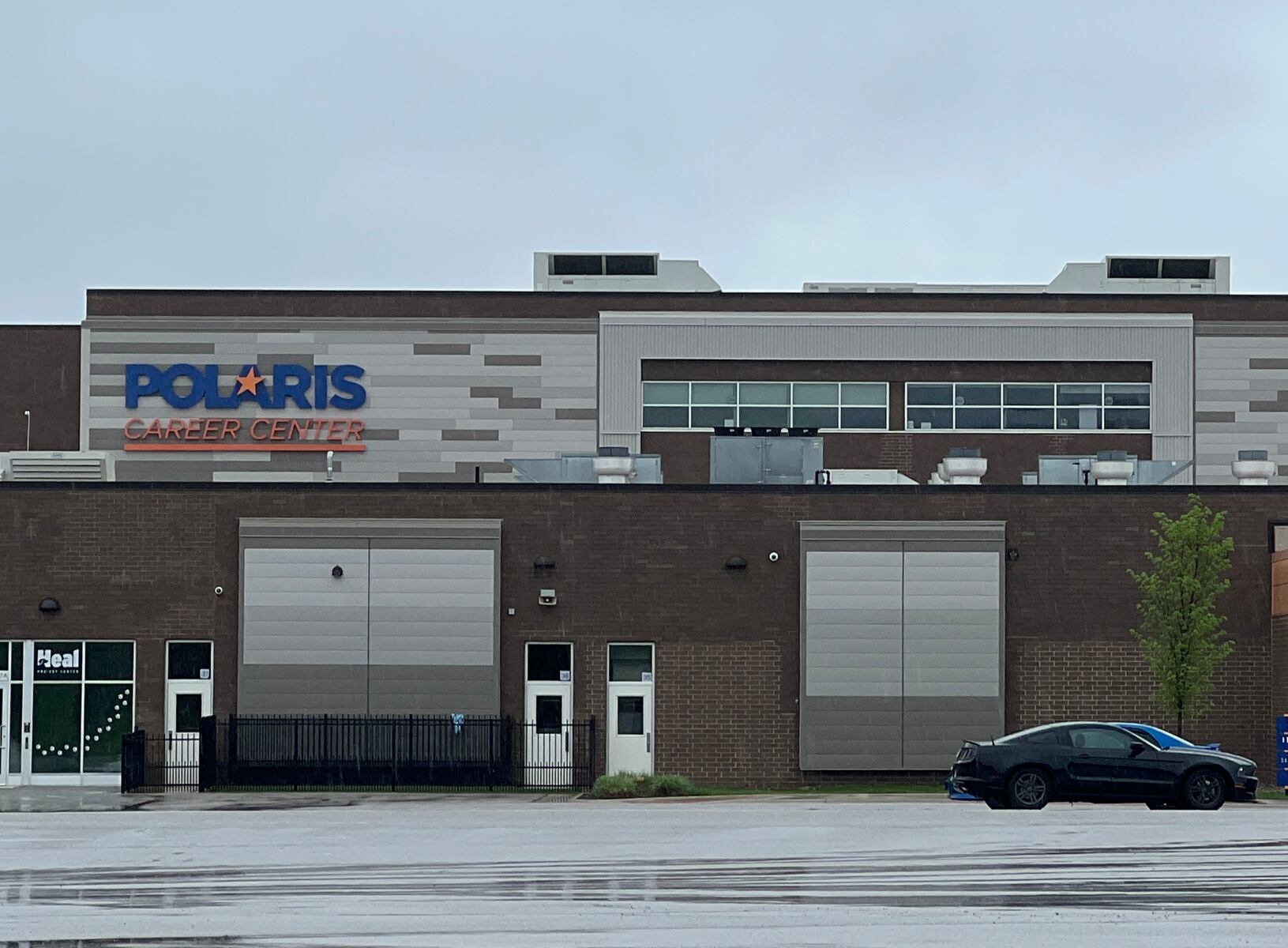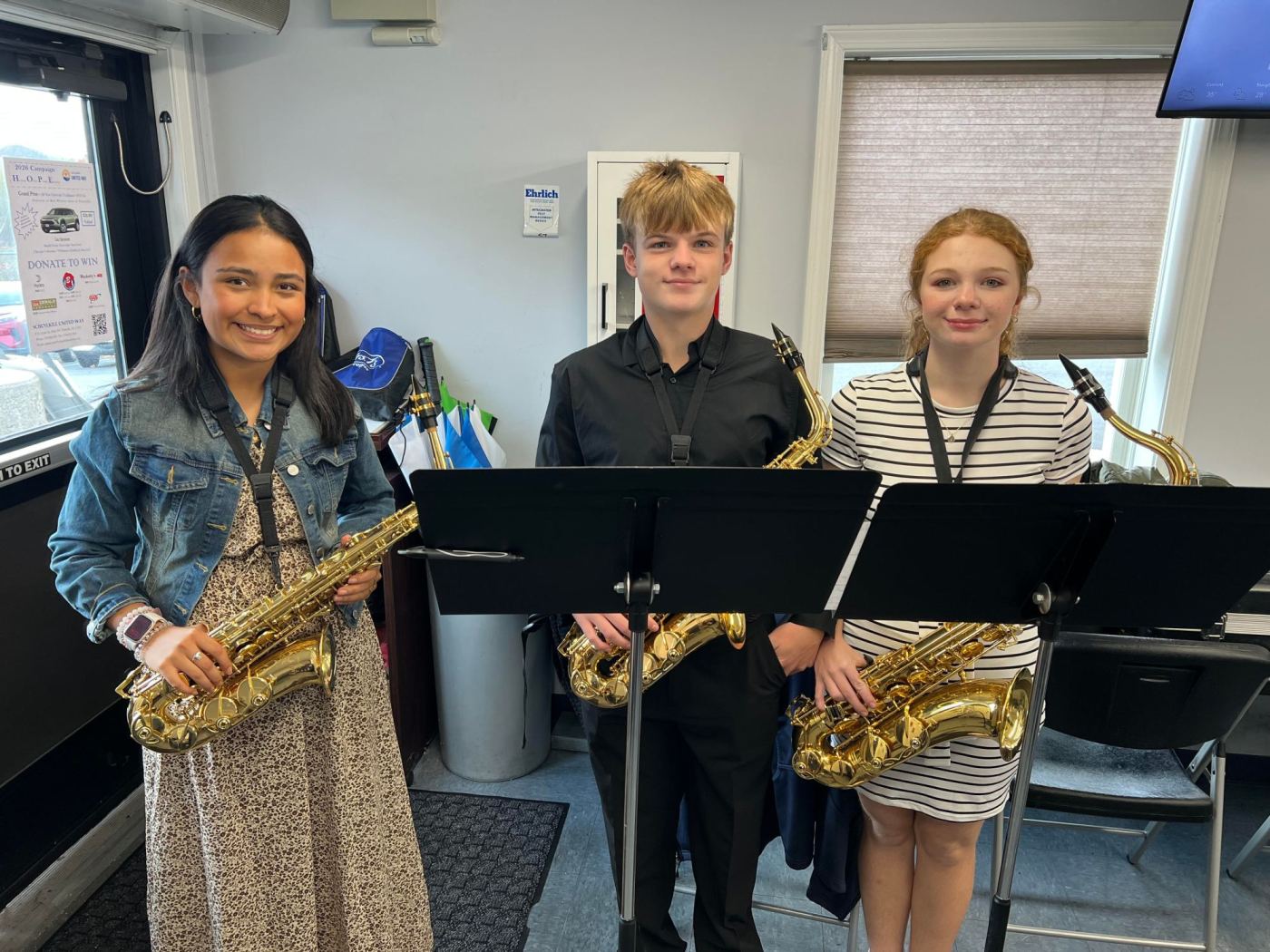A local high school has sparked discussions regarding gender representation in sports by naming its girls’ athletic teams after male animals. This decision has raised eyebrows in the community and among sports enthusiasts, prompting a closer look at the implications of such naming conventions.
Controversial Naming Choices
The high school in question is situated in a region where the girls’ teams are referred to as the “Bears,” a name typically associated with male animals. While some community members appreciate the strength associated with the name, others argue that it undermines the identity of female athletes.
The debate has drawn attention from various stakeholders, including parents, educators, and local athletic associations. Many are questioning whether this naming convention reflects a broader societal issue regarding the visibility and recognition of female athletes in traditionally male-dominated sports.
Community Reactions
Responses from the community have varied, with passionate opinions on both sides. Supporters of the name argue that identifying the teams with a powerful animal fosters a sense of pride and competitiveness. Conversely, critics contend that the naming could perpetuate stereotypes and overshadow the accomplishments of female athletes.
According to a recent survey conducted by the local sports council, nearly 65% of respondents expressed a desire for more gender-neutral team names that better represent female athletes. This statistic highlights a growing awareness of the importance of language and representation in sports.
The ongoing conversation reflects a significant shift in how communities view gender representation in athletics. As more individuals advocate for change, schools may need to reconsider their naming practices to foster inclusivity and support for all athletes.
While the high school’s choice may have been made with good intentions, it presents an opportunity for dialogue about the importance of language in shaping perceptions of gender in sports. As discussions continue, the community remains divided on the best path forward for its young athletes.







